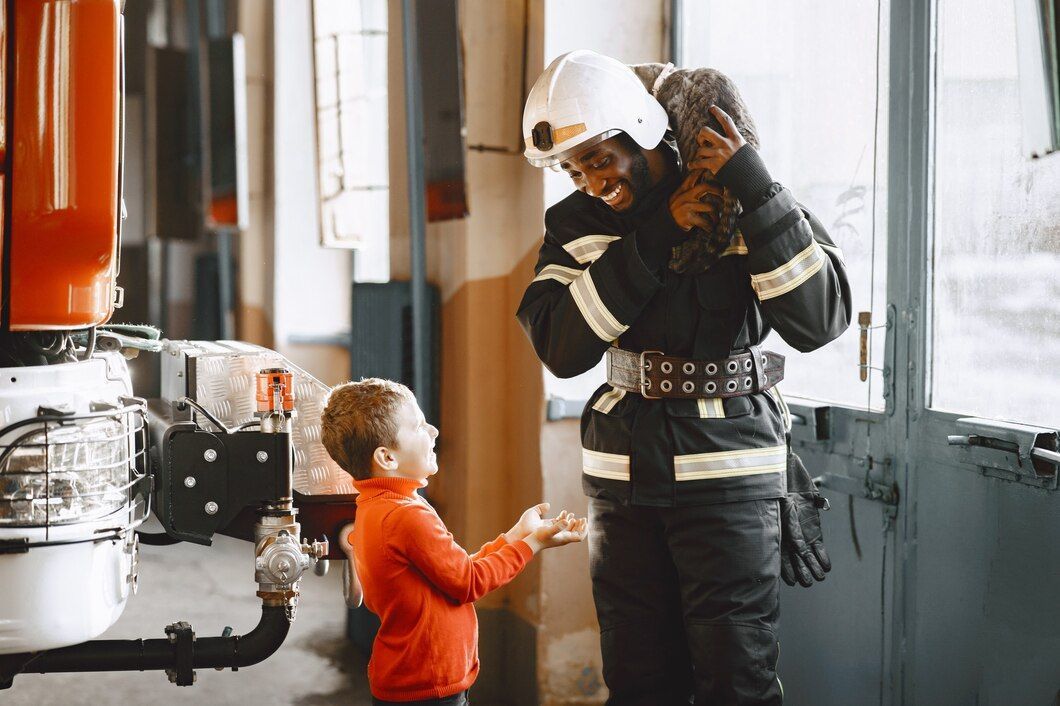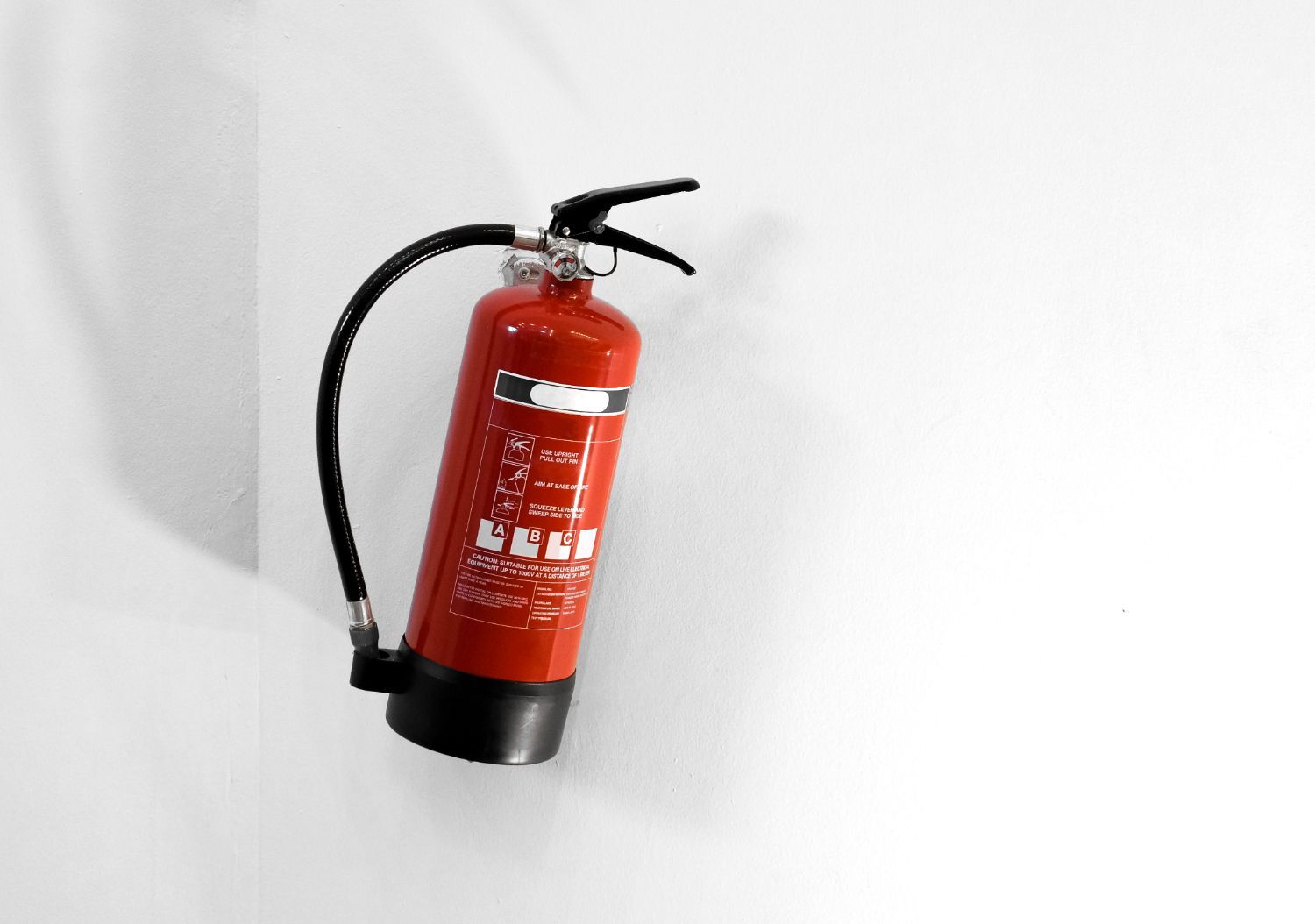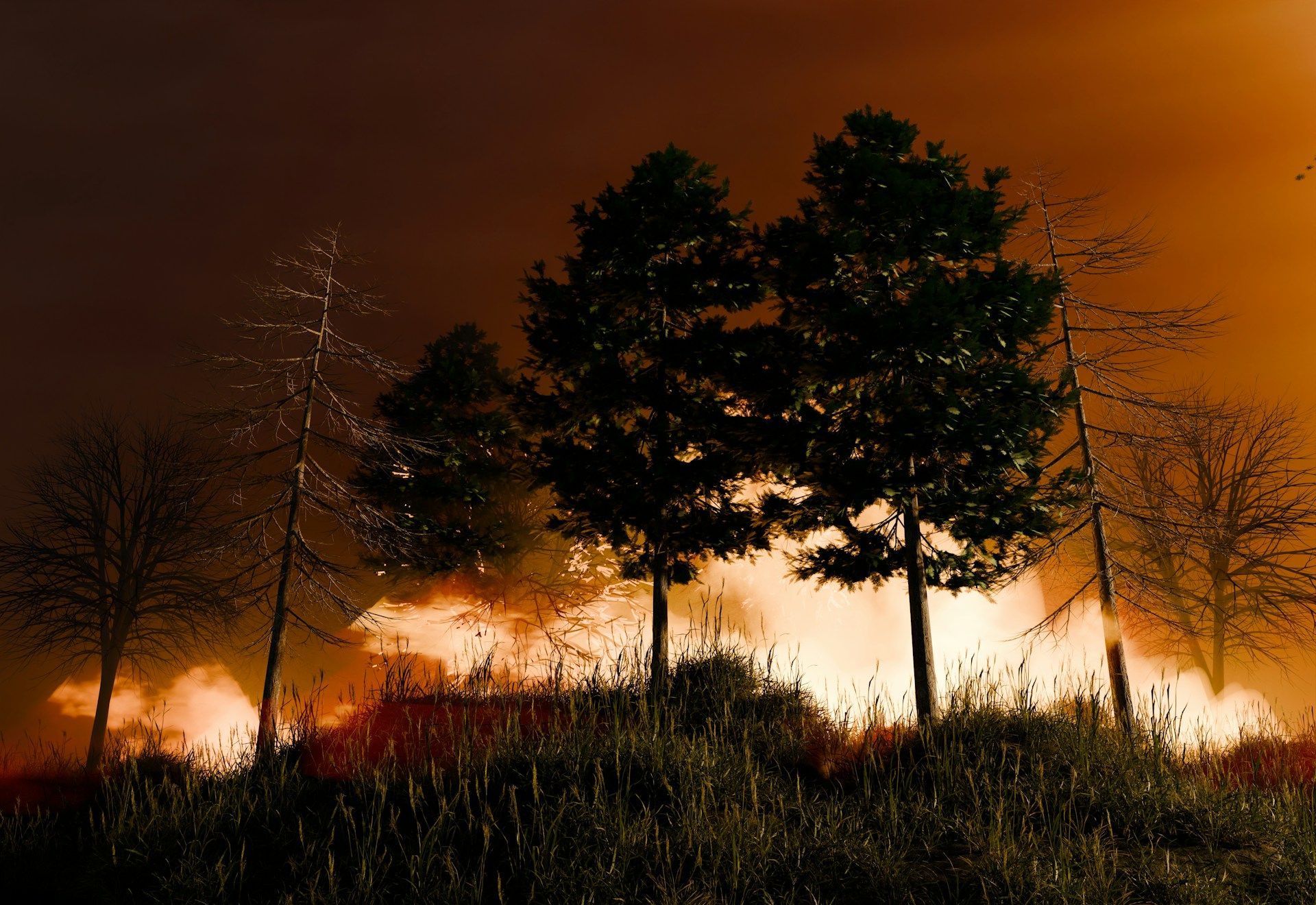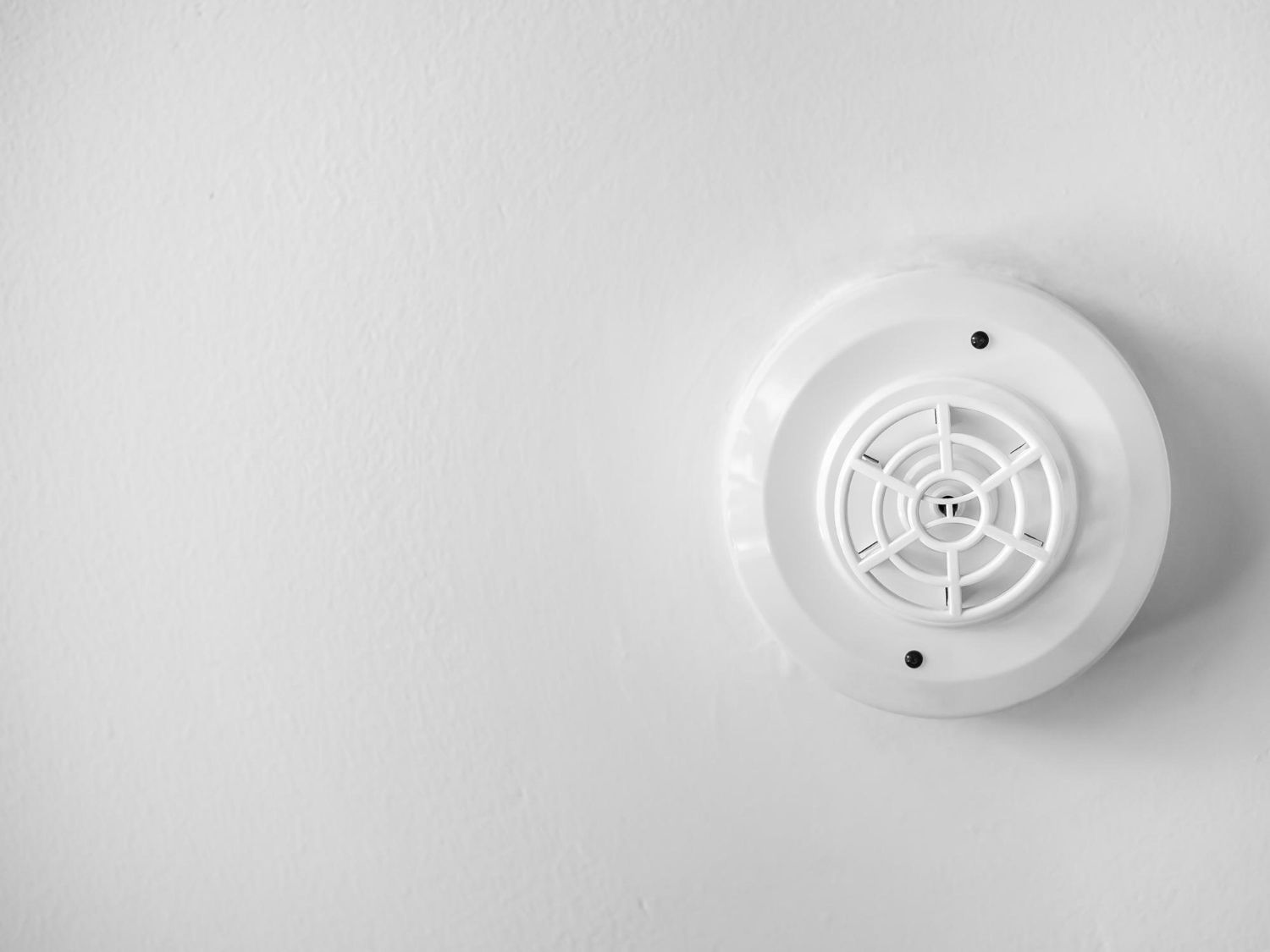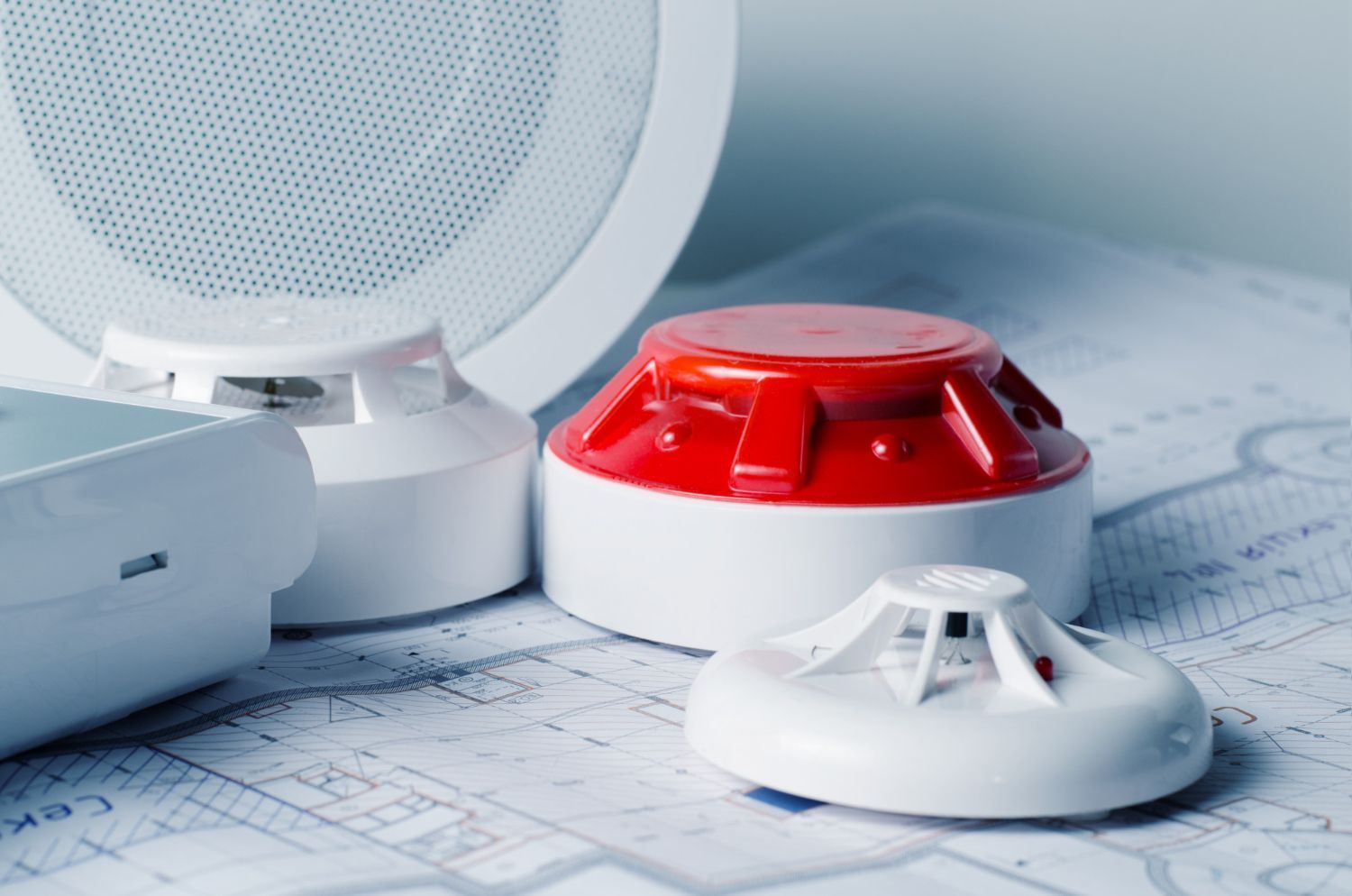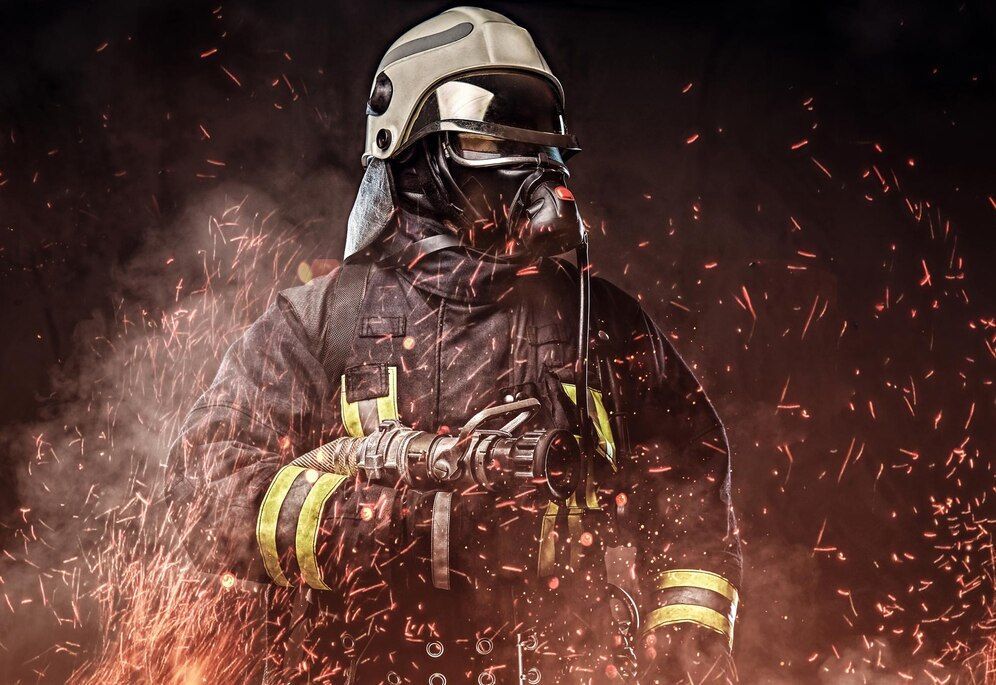Board of Fire Commissioners, Fire District 3,
Township of Old Bridge
Board of Fire Commissioners
Fire District 3
Township of Old Bridge
Wildfire Preparedness: A Comprehensive Guide to Protecting Your Home and Family
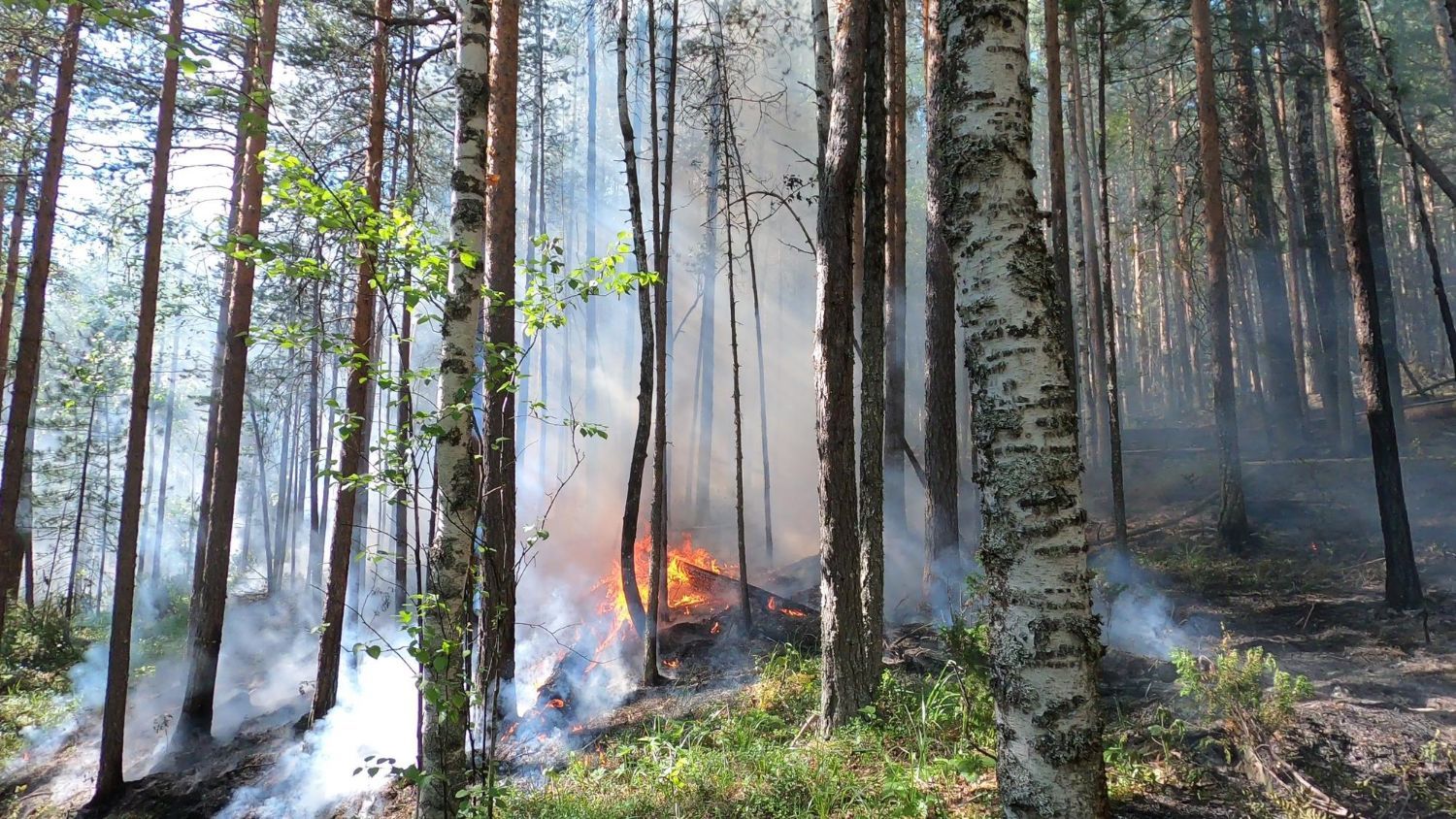
As a community committed to fire protection and public education, we understand the risk that wildfires pose to residents, their homes, and our surrounding natural resources. With climate change and increasingly severe fire seasons, it's more important than ever to be proactive in safeguarding our homes and families from the threat of wildfires. To this end, we are proud to offer our comprehensive guide to wildfire preparedness, designed to provide homeowners with the knowledge they need in the face of this growing danger.
Our Wildfire Preparedness Guide will cover a wide range of essential topics, from creating defensible spaces around your property to assembling necessary emergency supplies and developing evacuation plans. We aim to address various aspects of wildfire preparedness, encompassing safeguarding your home from ignition, preparing for emergencies, and understanding the critical role of community collaboration in wildfire mitigation efforts.
In this guide, we will walk you through the steps required to create a defensible space that effectively reduces the likelihood of a wildfire spreading to your home. We'll explore the importance of fire-resistant landscaping and structure modifications, as well as the proper maintenance required to ensure your home remains as resistant as possible to the spread of wildfires.
1. Creating Defensible Spaces Around Your Home
One of the most effective ways to protect your home from wildfires is by establishing defensible spaces around your property. These spaces are designed to reduce the risk of a wildfire spreading to your home by removing potential sources of fuel and creating barriers that slow the fire's progress. Here, we'll discuss the critical components of a well-designed defensible space.
Zone 1 (0-30 feet from your home):
- Remove all dead vegetation, including leaves, branches, and dry grass.
- Trim tree branches that hang over your home or near chimneys.
- Maintain a minimum of 10 feet between the tree crowns.
- Invest in fire-resistant plants and landscaping.
Zone 2 (30-100 feet from your home):
- Remove dead vegetation and create horizontal and vertical spacing between trees and shrubs.
- Keep grasses mowed to a maximum of 4 inches.
- Store firewood piles and other combustible materials at least 30 feet from your home.
2. Fire-Resistant Home Modifications and Maintenance
Another crucial aspect of wildfire preparedness is making modifications to your home to enhance its resistance to fire. Additionally, ongoing maintenance of both the structure and surrounding landscape is essential to minimize potential ignition points. Consider the following steps to fortify your home against wildfires:
- Invest in fire-resistant roofing and siding materials, such as metal, tile, or composite shingles.
- Install ember-resistant vents that can prevent burning embers from entering your home's attic or crawl spaces.
- Use dual-pane, tempered glass windows, which are more resistant to breaking from extreme heat.
- Regularly clean gutters and roof valleys to remove accumulated debris that could fuel a fire.
- Inspect and maintain your home's exterior for possible gaps, cracks, or openings where embers could enter.
3. Assembling Essential Emergency Supplies and Evacuation Plans
Being prepared for the possibility of a wildfire means having the necessary supplies and plans in place to ensure both your safety and that of your family. In this section, we'll discuss the importance of assembling emergency supplies and developing a comprehensive evacuation plan.
Emergency Supplies:
Prepare a well-stocked emergency kit that includes the following items:
- Non-perishable food and water: at least a three-day supply per person.
- First aid kit, including necessary prescription medications.
- Battery-powered or hand-crank radio, a flashlight, and extra batteries.
- Personal hygiene items, such as hand sanitizer, soap, and toothpaste.
- Copies of important documents, such as identification, insurance policies, and contact information.
Evacuation Plans:
Develop a detailed plan that outlines the steps your family will take in the event of a wildfire evacuation:
- Establish multiple evacuation routes from your home.
- Designate a meeting location outside of your neighborhood.
- Discuss and practice your evacuation plan regularly, ensuring all family members understand their roles.
- Maintain a "go-bag" stocked with essentials for each family member, including pets, which can be quickly grabbed during an evacuation.
4. Fostering Community-Wide Wildfire Preparedness
Wildfire preparedness is not solely an individual responsibility; it is a collective effort that involves the entire community. By working together, homeowners, neighborhood associations, and local authorities can significantly reduce the potential impacts of wildfires on our homes and the environment. Consider the following ways to foster a community-wide approach to wildfire preparedness:
- Form or join a local Firewise Community, a program that encourages neighbors to work together on wildfire-risk reduction and preparedness measures.
- Attend or organize neighborhood meetings to discuss and coordinate wildfire preparedness efforts.
- Collaborate with local fire departments and authorities to develop comprehensive community wildfire protection plans.
- Share resources, knowledge, and expertise with neighbors to ensure every home in your community is better prepared for the threat of wildfires.
Take Action for a Safer Home and Community
The increasing frequency and severity of wildfires make it crucial that we, as residents, take proactive steps to protect our homes, families, and communities. By creating defensible spaces around our homes, investing in fire-resistant modifications and upkeep, assembling essential emergency supplies, and fostering community-wide preparedness efforts, we can minimize the detrimental impacts of wildfires on our lives and the environment.
While no single measure can guarantee absolute safety from wildfires, a comprehensive and coordinated approach significantly improves our resilience and adaptability in the face of these natural disasters. We at the Board of Fire Commissioners, Fire District 3, Township of Old Bridge encourage you to share our Wildfire Preparedness Guide and other
fire prevention guides with your neighbors, friends, and loved ones as we work together towards a safer and more fire-resilient community.
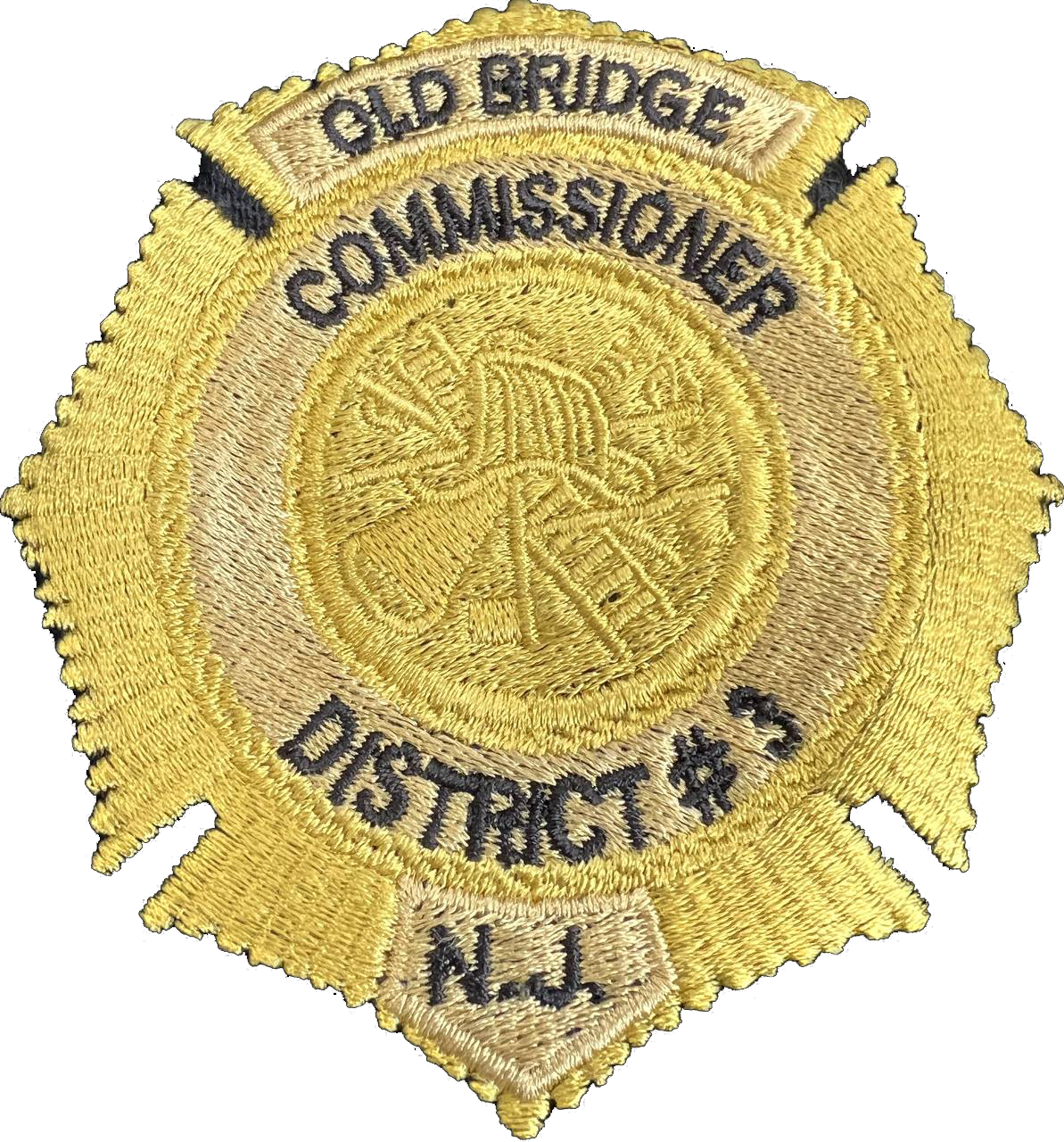
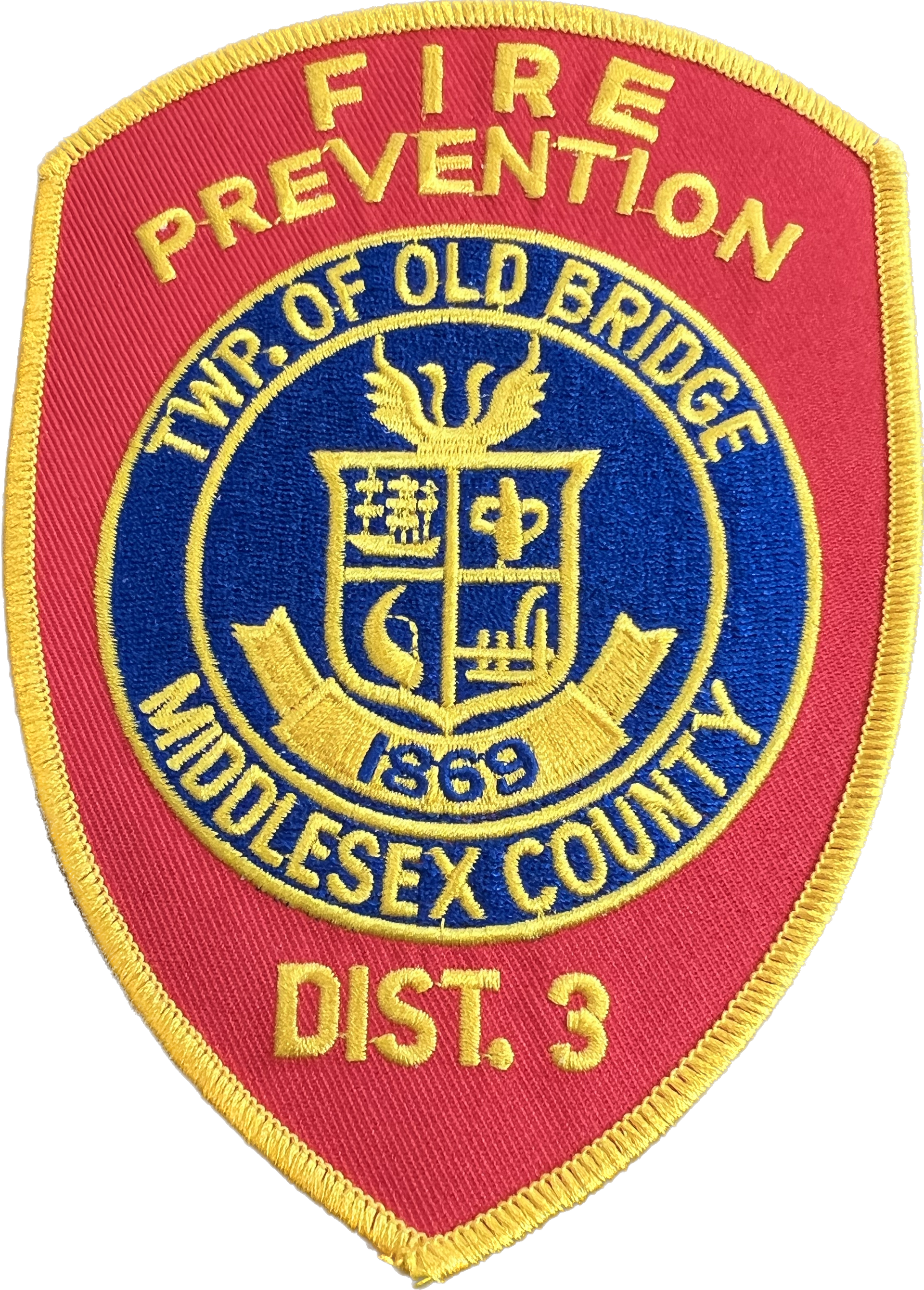
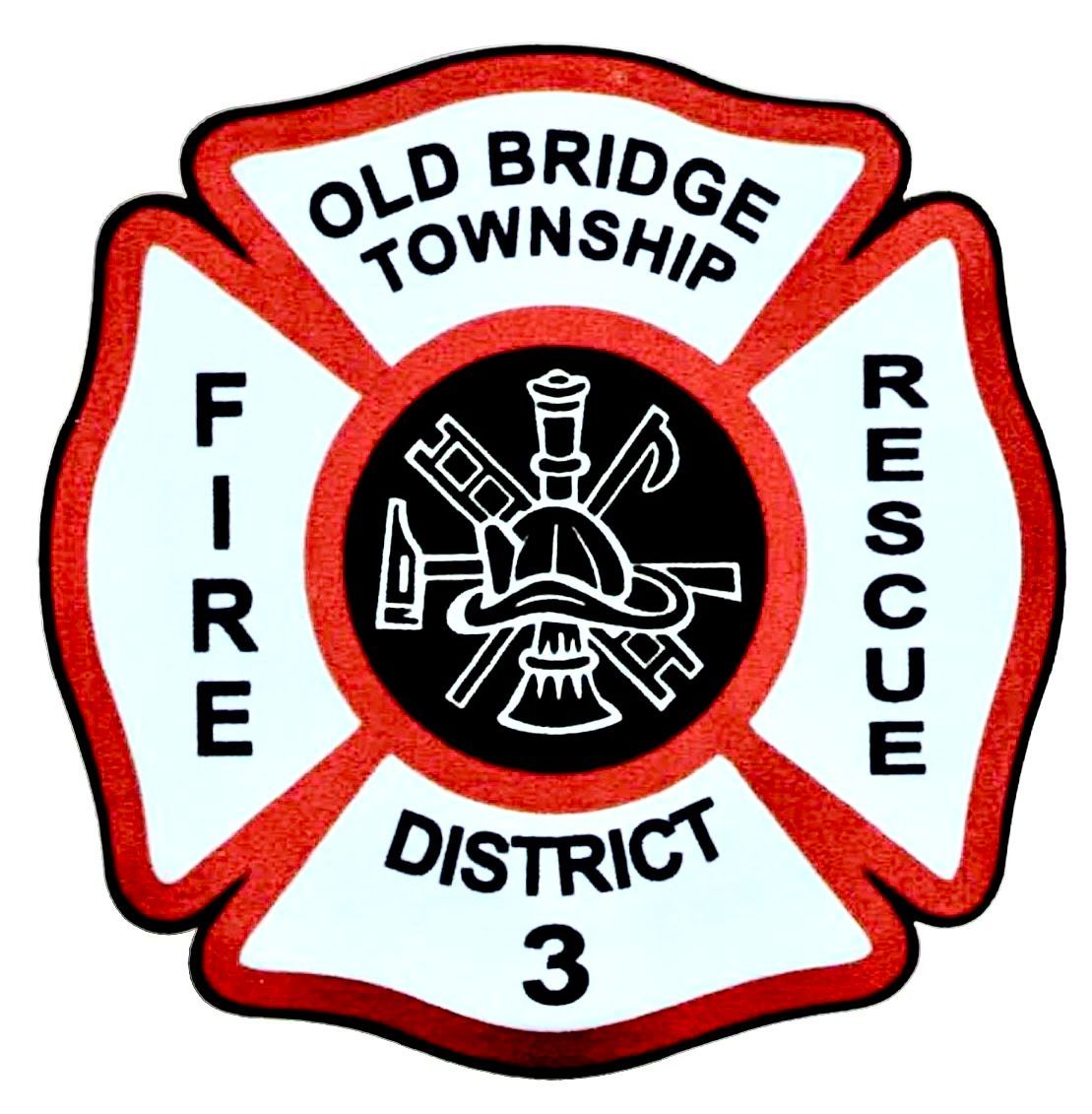



Phone: 732-723-1124 | Email: firedistrict3@obfd3.com
Address: 913 Englishtown Road Old Bridge, New Jersey 08857
We are closed daily from 12 Noon to 1pm for lunch
© 2023 All Rights Reserved | Board of Fire Commissioners, Fire District 3, Township of Old Bridge
All Rights Reserved | Board of Fire Commissioners, Fire District 3, Township of Old Bridge
